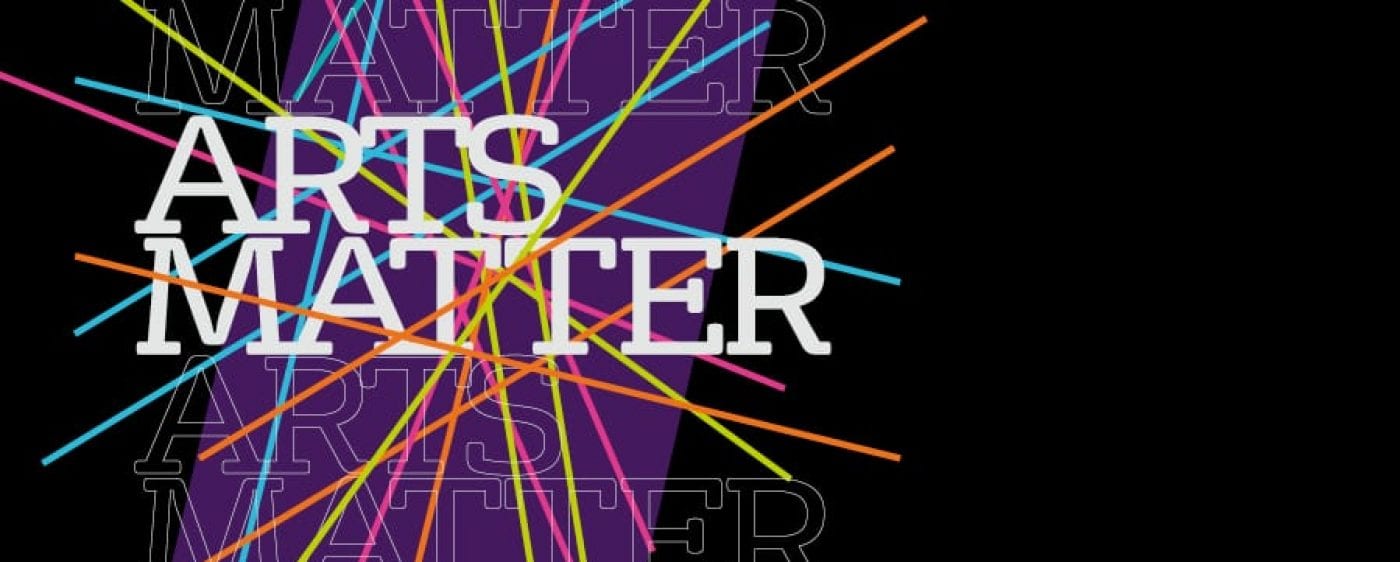By Calum Sims, PhD Philosophy candidate, School of Arts
In the penultimate entry to our series spotlighting PGR summer internship projects, PhD Philosophy candidate Calum Sims tells us about working with Professor Samir Okasha to study the ways biological evolution is explained on social media. Taking for their subject crows, jays and ravens—birds known for their remarkable cognitive abilities—the pair examined Instagram videos to identify evidence for the presence or absence of bias when describing their behaviours, an important question in the study of philosophy of science.
Do you watch shorts and reels on social media? If, like me, you participate in this recently emerging trend, you have likely come across videos of animals. Carrying on the lineage from shows like ‘Animals do the craziest things’ and ‘Animal Planet’, videos abound of animals doing attention-grabbing stuff. Sometimes they’re being silly; sometimes they’re being cute; sometimes they’re being remarkably intelligent. What makes these videos attention-grabbing? What, if anything, do these videos have in common? And, perhaps most importantly, what effect do they have on popular understanding of scientific ideas?
Professor Samir Okasha and I chose to focus on corvids (crows, jays and ravens) because they are both prevalent on social media and a key research topic at the forefront of animal cognition. In this field, researchers document the ‘surprisingly intelligent’ behaviour of corvids and debate the nature of the cognitive machinery supposed to support it.
Corvids engage in a range of behaviours that suggest cognitive similarity to humans. To give a few examples:
- They engage in pair-bonding ‘rituals’
- They interact with other species for mutual benefit
- They cache food in a way that is sensitive to the presence (and perhaps intentions) of members of the same species
- They successfully solve multi-step puzzles for food rewards
Debate concerns whether the exhibition of these behaviours warrants attributing human-like cognitive capacities to corvids, and while intellectual currents seem to be moving in the ‘yes’ direction, the question is far from settled. Hence, we were curious to see whether videos of corvids on Instagram reflected this complexity, and hence how they bear on popular understanding of scientific ideas.
It soon became apparent that the videos, which showed animals engaged in surprising and interesting behaviours, contained some well-known biases that traditional biology education normally attempts to mitigate away. In somewhat romantic fashion, the language in the videos treated the animal’s behaviour in anthropomorphic, teleological and essentialist terms: that is, it uncritically assumed that the behaviours on display were caused by the animals having certain intentions and goals and acting for the same sorts of reasons as humans.
This allowed us to connect our research to a prominent debate in the philosophy of science education concerning whether this sort of language use should be conceptualised as ‘biased’. The patterns of speaking outlined above (which, according to the debate, could either be called ‘biases’ or ‘cognitive construals’) lead systematically to errors in biological thinking. Because of this, researchers have traditionally attempted to structure science education in such a way as to eliminate them. However, a growing counter-current argues that these thinking patterns, while sometimes problematic, are a useful and maybe even essential part of human reasoning, to be accommodated by educational strategies rather than eliminated from them.
The novelty of our contribution consists in applying this question to the domain of social media. Here, biases appear to have a dual role: they seem to get in the way of good biological thinking, but they also seem to drive attention and engagement towards scientific topics. So, how do we get the good without getting the bad? A prominent line of reasoning (Coley and Tanner 2012) suggests that supplementing these construals with opportunities for reflection and critical analysis – essentially, asking viewers to reconstruct, query and debate their explanations of behaviour – could improve scientific understanding without detracting from engagement. We concluded by suggesting that such interventions could be made in the descriptions of the videos in question, by pointing to areas of uncertainty in the research field or asking questions to viewers directly.
On the whole, this project was incredibly useful for clarifying the role of social media in science communication and beginning to systematise the contribution of videos to this goal. Going forward, we will continue to look at ways that boosting metacognition can help to promote the benefits outlined above.
Calum Sims is a PhD Philosophy candidate with research interests in animal cognition, metacognition and cultural evolution. To find out more about the project with Professor Samir Okasha and view the data captured as part of the research, please contact cs15522@bristol.ac.uk. To read more PGR summer internship projects, visit ArtsMatter.

